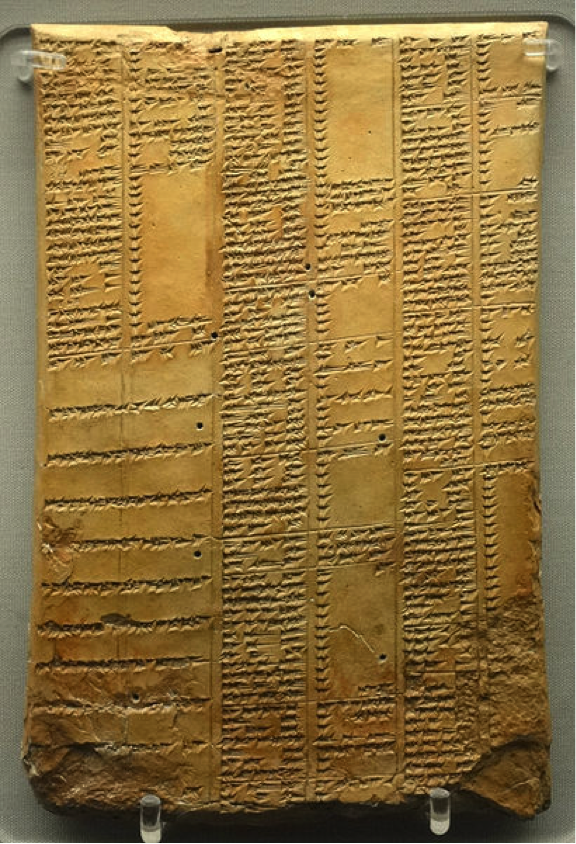The Compare and Contrast Essay
Like a normal essay, but better.
- Course Length: 3 weeks
- Course Type: Short Course
- Category:
- English
- Writing
- Middle School
- High School
Schools and Districts: We offer customized programs that won't break the bank. Get a quote.
If you've ever been flummoxed by an essay prompt that goes
- Explain what _________has in common with ___________ .
- How are ________ and _________ similar and different?
- What's the difference between __________ and ______________?
Or, if your teacher's trying to be really obvious about it,
- Compare and contrast ___________ and ____________,
then you need this course.
We show you a fool-proof way of organizing all those similarities and differences into something that doesn't look like the inside of your locker. We also show you how to go from something that resembles a grocery list to an actual essay with a thesis, body, introduction, and conclusion—the works.
And most important: We show you how to get people to actually care about all those similarities and differences you just organized into an A-worthy essay. Your readers will thank us. Tell them we like chocolate.
Unit Breakdown
1 The Compare and Contrast Essay - The Compare and Contrast Essay
This course is the cure for what ails the common compare and contrast essay. We break down the process into its simplest components, scaffolding the writing process and building up toward a beautiful, complete, thoughtful compare and contrast essay.
Sample Lesson - Introduction
Lesson 1.01: Compare and Contrast for Dummies

(Source)
Take out a piece of paper and fold it in half. Then unfold it. There should be a crease down the middle dividing the paper into two columns.
Now, at the top of the left column you've made, write "Same." And on the right side, at the top, write "Different."
Now go find two things. Yes, any two things in the world. In the left column, list everything that's the same about them. In the right column, list everything that's different.
Boom. Compare and contrast. Course over.
Just kidding. (You didn't really think we'd let you off that easily, did you?) But all joking aside, comparing and contrasting stuff really is that easy. Even four-year-olds can do it. What's not easy is convincing someone that what's the same and different about two things matters.
For example, we don't really care that the real value of the minimum wage is different today than it was 50 years ago. But tell us that it's lower—and that the lower value means we probably won't be able to see that new Thor movie on opening weekend and make our car payments without working a double shift at Mickey D's? Now we're interested.
You've got to tell us why it matters. Without that, all that comparing and contrasting you've done is just a list. And lists are way lame.
So, yeah. Course not over. In fact, we're just getting started.
Sample Lesson - Reading
Reading 1.1.01: Diction, Tone, and Theme
At Shmoop, we heart literature. So, when we ask you to compare and contrast stuff, there's a pretty good chance at least some of that stuff is going to be literature.
When you're comparing and contrasting literature, it helps to know the vocabulary terms most people use to do it. It also helps to know how to read, but we figure you've already got that one covered.
So, go read up on diction, tone, and theme, and then come back ready to use your new vocabulary.
Sample Lesson - Activity
Activity 1.01: These Two Things Are Both Similar and Different
Take out a piece of paper and fold it in half. Then unfold it.
Now, at the top of the left column you've made, write "Same." And on the right side, at the top, write "Different." (You can do this by making two columns in a Word document if you want to be fancy about it.)
That's right, we're really doing it this time. Because before you can tell us why the differences matter, you've got to figure out what they are.
Step One
Fill in your columns by comparing and contrasting Picasso's "Head of a Woman" to Vermeer's "Girl with a Pearl Earring."
Yes, that's all the instruction we're going to give you. Use your eyeballs and start naming things that seem similar or different. In the "differences" column, be sure to tell us which painting you're referring to in each comment.
Step Two
Now do the same thing for Robert Frost's "After Apple Picking" and Seamus Heaney's "Blackberry-Picking."
Step Three
Here's the hard part. Read over the list you made about the poems, and brainstorm a little bit about why the differences between them matter. Write down your thoughts on the same document as your notes. Here are some questions to get you started:
- How is the diction in the Frost poem different from the diction in the Heaney poem? What does that tell you about how the poems' overall tones are different?
- Choose a theme that both poems address. What do the differences in the way they treat that theme tell you about how their attitudes toward it are different?
- Choose a subject that both poems address. What do the differences in the way they treat that subject tell you about how their attitudes toward it are different?
Need a hand? We've got several. Check out Shmoop's guides to "After Apple-Picking" and "Blackberry-Picking."
Upload your notes for these three steps below. Make sure you hang onto them, too (yes, even the Picasso/Vermeer ones). You'll need them for what's coming up next.
Representing Information Rubric - 25 Points
- Course Length: 3 weeks
- Course Type: Short Course
- Category:
- English
- Writing
- Middle School
- High School
Schools and Districts: We offer customized programs that won't break the bank. Get a quote.